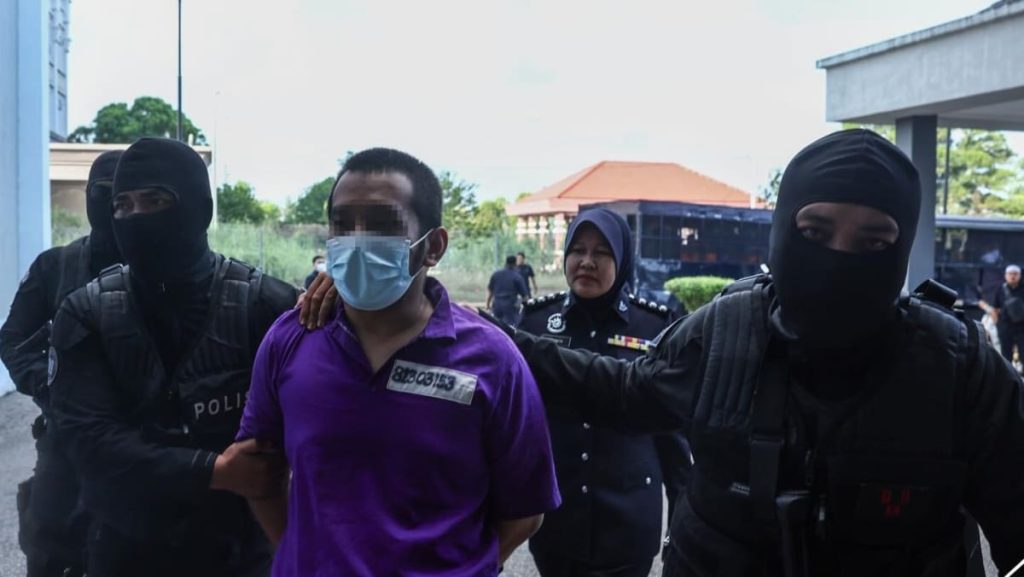Malaysian police have announced that the suspect in a recent shooting incident is believed to have obtained his firearm illegally from a neighboring country. This information sheds light on the possibility of cross-border gun smuggling, highlighting the need for increased cooperation and coordination between countries to combat illegal firearms trafficking. The suspect is currently in custody as authorities investigate the source of the firearm and any potential links to organized crime or terrorist activities.
The revelation of the suspect obtaining his firearm illegally raises concerns about the availability of weapons on the black market and the potential for individuals to acquire firearms through illicit means. This underscores the importance of strong border control measures and international collaboration to prevent illegal firearms from falling into the wrong hands. It also highlights the need for comprehensive gun control policies to regulate the sale and ownership of firearms, reducing the risk of gun violence and criminal activity.
The involvement of a neighboring country in the illegal acquisition of firearms raises questions about regional security and the ability of authorities to effectively monitor and control the flow of weapons across borders. This incident serves as a wakeup call for greater cooperation between countries in combating transnational crime and preventing the proliferation of illegal firearms. It also underscores the importance of intelligence sharing and joint operations to disrupt criminal networks involved in gun smuggling and other illicit activities.
The suspect’s illegal possession of a firearm also raises concerns about the potential links to organized crime or terrorist groups, highlighting the need for authorities to thoroughly investigate and dismantle these networks. The use of illegal firearms in criminal activities poses a significant threat to public safety and national security, underscoring the urgency of addressing the root causes of gun violence and strengthening law enforcement efforts to combat arms trafficking. The suspect’s connection to a neighboring country also raises questions about the involvement of transnational criminal organizations in facilitating the illegal trade of firearms.
The discovery of the suspect’s illegal firearm highlights the challenges faced by law enforcement agencies in preventing and combating gun violence. It underscores the need for comprehensive strategies that address the root causes of illegal firearms trafficking, including poverty, lack of education, and weak law enforcement capacities. It also emphasizes the importance of international cooperation and information sharing in disrupting criminal networks and dismantling illicit arms trade routes. By addressing these underlying factors and strengthening enforcement measures, authorities can better protect communities from the dangers of gun violence and organized crime.
In conclusion, the suspect’s illegal acquisition of a firearm from a neighboring country underscores the need for stronger border control measures, international cooperation, and comprehensive gun control policies to combat illegal firearms trafficking. This incident highlights the risks associated with the proliferation of illegal weapons and underscores the need for proactive measures to prevent criminals and terrorists from acquiring firearms. By addressing the root causes of gun violence, enhancing law enforcement capabilities, and improving cross-border cooperation, authorities can mitigate the threat posed by illegal firearms and protect communities from the dangers of organized crime and terrorism.


